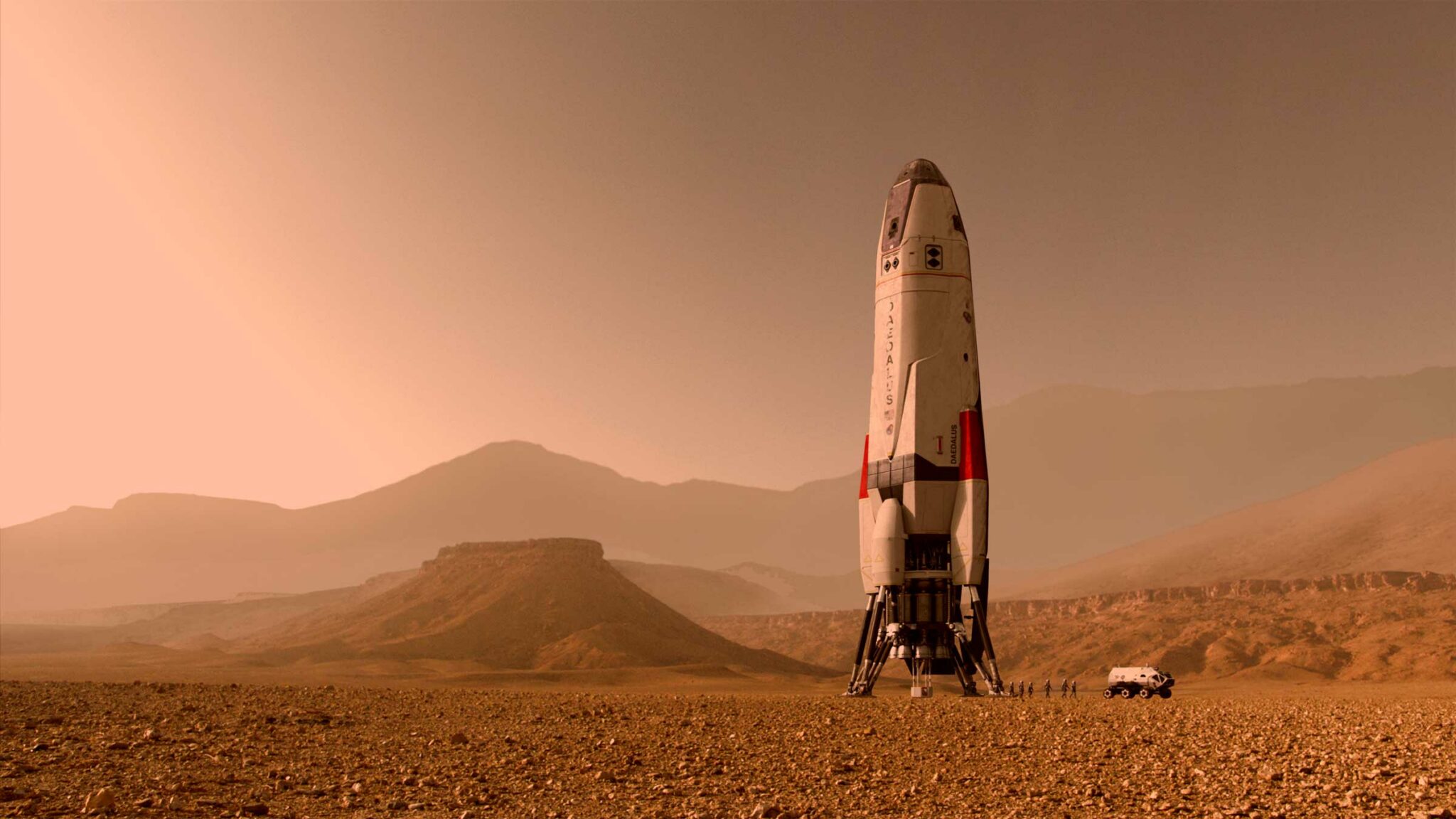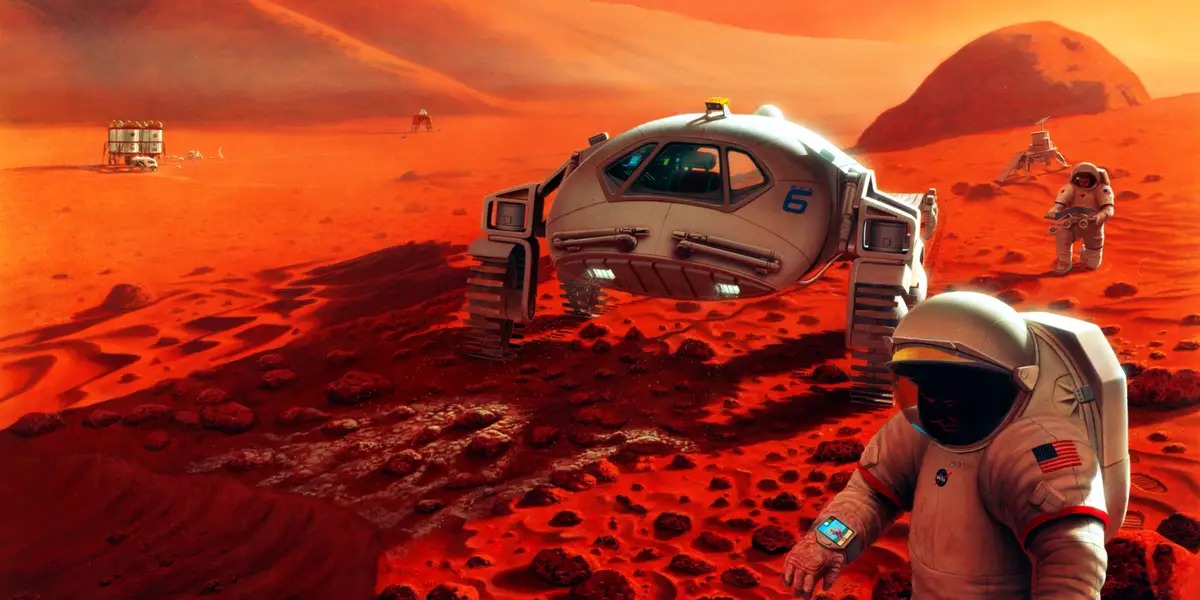NASA has shared their latest information on how they present the first manned mission to Mars. On May 17, the agency unveiled ideas for landing on the surface of Mars with the participation of two people and asked the public to express their opinion on how the planning is going.

NASA plans to send astronauts to Mars by the late 2030s or early 2040s. It will not be easy to make this vision a reality. Even with the most advanced technology, the round-trip flight time will still take about 500 days, given the distance between Earth and Mars.
During the flight, astronauts will have a big problem with the lack of gravity. Therefore, the pioneers will have to go a long way to restore muscle tone to even work in the conditions of partial gravity of Mars, which is about 1/3 of Earth’s. NASA suggests that one way to solve this problem may be to place the crews in a sealed rover during their mission.

“The idea is to use wheeled vehicles instead of walking in a heavy spacesuit, which will replace their legs so that they can recover and not expose the body to sudden loads,” said Kurt Vogel, NASA director of space architecture.
The Space Agency intends to use a spacecraft with an artificial habitat to deliver crew members to the Red Planet using a hybrid rocket stage with a chemical and electric motor. The first crew will consist of four people, two of whom will descend to the surface, which is somewhat similar to the model shown in the Apollo program with three astronauts.
To save space and reduce the weight of the lander, 25 tons of supplies and equipment will be sent on a separate automatic mission to Mars before the astronauts land on the surface. The mission will deliver a rocket to the Red Planet to return the crew to the orbital module, which will also help them return to Earth.
Earlier, SpaceX promised to conquer Mars earlier than NASA.
According to Space
Follow us on Twitter to get the most interesting space news in time
https://twitter.com/ust_magazine

